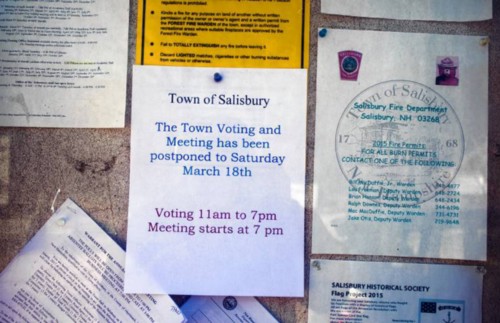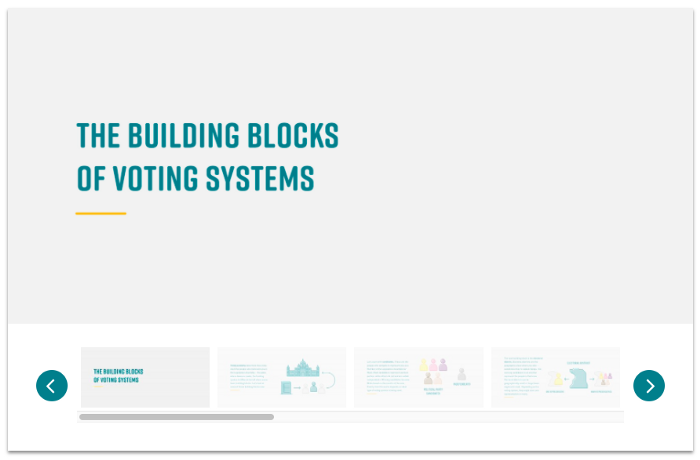Some designers can be sensitive about protecting co-designs value, so much so that they like to reserve the term for co-design “group exercises” that span a duration of a project. I challenge that position, and advocate for opening our definition to allow more access to the practice, and for new methodologies to be discovered in our growing, complex world. I would like to offer my break down of what co-design is at it's core. With co-design broken down, we can evaluate what makes a co-design activity effective, and begin to identify our use of the practice. Through awareness, we can apply more ways to be inclusive in our design.
Definitions of codesign (co-design, participatory design)
Colins English Dictionary: to design jointly
Merriam-Websters Dictionary: to design (something) by working with one or more others : to design (something) jointly
Wikipedia: is an approach to design attempting to actively involve all stakeholders (e.g. employees, partners, customers, citizens, end users) in the design process to help ensure the result meets their needs and is usable.
I think it’s fair to say the above definitions are quite open in classification, with Wikipedia giving us the best sense of co-design’s purpose. Many of the basic UX tools designers use today classify as co-design. Yet in my experience, expert designers are quick to criticize the use of the term on activities that aren’t focused on physical, in-person activities conducted with a group of stakeholders, for the duration of a project. I witness them try to hold on to this exclusive definition, claiming it’s to maintain the integrity of the craft- as if they fear that they will no longer get contracts if everyone knew how to create a co-design activity. These individuals I’ve come to challenge fail to see the very nature of language as co-design, making the conversation harder to shift. I want to break down co-design activity so that we can see it’s broader applications, and where there is room for progress and innovation within each of the elements. I’m hoping this can provide us a better way to critique co-design activity.

Elements of a co-design activity
- Planning
- Activity facilitation
- Activity participants
- Artefacts produced
- Integration to solution, or larger/parent ecosystem
Planning
Planning is used to determine who to involve, for what, when and how. This step affords opportunity for meaningful collaboration with the designer and their team, and often includes partner organizations to realize the full scope of activity.
Planning what combination of people and process will provide the most value for output can be incredibly challenging. All of these factors inhibit more co-design activity from traditional development models focused on rapid iteration and growth.

Larger detractors come from an ever-growing sensitivity to systems of oppression on marginalized people. How do you ensure your activity recruitment is ethical? Will your activity allow participants to contribute with ease and comfort? Do you have access to experienced facilitators that can handle the potential volatility of group process?
Another challenge is determining the co-designed artifact’s use. Co-design does still have value if no solutions or contributions go forward into the larger design challenge. However, I think we can agree that would be a shame. The ideal, in most cases, is for the co-design activity to influence 100% of the larger design challenge. For artefacts to be able to be used for the larger design process usually means further translation for collaborators.
Activity Facilitation
This is what enables the activity. Facilitation contains these elements: space, instructions, support, and data collection.
This is where I see many activities lack in creativity. So often we default facilitation to a single human. But the elements above can also be completed with non-human resources. This may be preferable for inclusion of a large population.

Activity Participants
These are the stakeholders mentioned in Wikipedia’s definition. Stakeholders make up the people who have a direct or indirect interest in your design problem.
I single them out as an element because the treatment of this element is most important. Safety both physically and non-physical needs to always be at the forefront of the activity design. A good example of co-design activity failing to meet security needs of the participants is the Vancouver Pride Parade 2017. The group Black Lives Matter did not feel they were able to participate fully in the planning and negotiations with the Vancouver Police Department. Did the VPD consider the space in which it was asking members to meet? Did they interact in a format appropriate given the history and current situation of social affairs? I can only speculate, but for the group to have organized an entire march against the Pride Parade in retaliation, my guess is that the VPD and Pride organization could have done better.

It’s also singled out because the value of participating for the participant often gets overlooked. Participating in design activities can give people a feeling of autonomy by providing them input in the solution that they will experience. It can also provide a sense of community, as stakeholders will have gone through a shared experience of “solutioning” for themselves. From my experience, participants who felt personal value from the process go on to have more confidence and knowledge about how they can bring co-design into their own lives. Designers can leverage this “community power” for the larger problem ecosystem. Being able to design this, and communicate it to your resource-holder is crucial to approving and continuing co-design activity.
Artefacts
This is what gets produced as a result of the co-design activity. It’s everything from the piece of paper that has the collective solution scribbled on it, the data tables, the presentation, the video — it all counts.
Speaking to the above encouragement of tracking participant impact following an activity, collection and interpretation of the impact can be resource draining, and not prioritized because it usually has no impact on the solution. But tracking the journey of these participants, and scoring their engagement with the solution is one way to quantify the impact of participation on participant. We use “lead-scoring” in sales, time to bring it to design metrics. The industry needs to start doing this in order to see the value of co-design to the community/problem ecosystem that only anecdotal evidence suggests.
Integration
This is how the design activity gets used in the larger design sprint. It is up to the design experts to translate the data into a usable form for other collaborators. Often the facilitators go forward with a deeper understanding of the problem ecosystem that remains tacit. Because of this, teams should check that integrations match their intuition.
Measuring Effectiveness of an Activity
Activity Goal: What were your reasons for including people in your design process? This could be a variety of intentions. Did you succeed?
Reach: Quantitative: How many people were involved in activity over potential people who would qualify. Qualitative: Was your sample size effective in delivering the artefacts planned?
Participant satisfaction: Quantitative: Did the activity allow them to experience something of value? Did they have an easy time participating? Qualitative: In follow-up, what is the impact of the participation on themselves and their engagement with the problem ecosystem.
Artifact produced: Quantitative: Did you complete the artefact planned? Was the artifact usable/useful to other collaborators? Qualitative: Did the activity give facilitators and designers a deeper sense of the problem ecosystem?
Impact on final solution: An optimal solution would involve all of the people the problem affects who are also interested in participating, and influence 100% of the solution. In this ideal, the design expert is merely the facilitator of a bunch of moving pieces. Measuring participant contributions against design expert contributions can give you a percentage of co-design activity impact on solution.
An example of effective measuring:
Depending on the problem at hand, the above will be weighted differently.
For example, I got into a disagreement with a friend over whether or not the recent BC Voting Reform Referendum design (https://engage.gov.bc.ca/howwevote)/ was in fact an effective co-design activity. I argue that the co-design activity is a collective creation of a document, the referendum ballot. It’s facilitated by on online platform that directs the user to acquire the technical knowledge that is required to make an informed input. The entire province has access to input. Document will be assembled using the data collected. The weight, I’m uncertain, but seems 100% participant-led.
My friend pointed out basic data input method of a survey, and likened it to user research, and not co-design. He encouraged me to save the term co-design for more exercise-based activity with a group of participants. To his defense, I’ve heard this argument before, as mentioned in my introduction. I pointed out that the design problem ecosystem was a democratic matter that impacted every citizen of BC, and that having only a small group of people’s input, proportionate to those affected, would be undemocratic. More importantly, he failed to see the other metrics that he could evaluate the activity on.
Much more importantly given the design problem ecosystem, the design activity described above allows the entire province to participate. Given the democratic nature, reach and access have to be top priority for the design of the activity. Where here my friend is advocating for more weight to participant satisfaction, assuming participant satisfaction would be much higher in in-person, group exercises. And probably, therefore, get better output from the activity.
How successful the government is at achieving wide-scale participation from the province this is yet to be determined. However, the co-design activity is clear: the BC government are facilitating an online, accessible platform to educate, capture a new educated idea (this is key to illustrate), and use the data to create a solution.
Now that I have taken time to break up the components and suggestions for measurement, I hope we can all become more empowered to create co-design activity in our everyday solutioning. It doesn’t have to be complex, although it certainly can be in larger applications, like the example above. But the more access we create to organized, design activity the more innovative and resilient we become. This skill in the DNA of every organization and community will help lead us creating solutions to our largest challenges we face on this planet.
It’s not just for Google, it’s for all.
“We always know more than what we can write, we know even more than that when we speak, but we know even more than all of that inside our own heads.” — Dave Snowden, Founder and chief scientific officer of Cognitive Edge


